|
Recreated from Caraval by Stephanie Garber Scarlett tried to ignore it as she inched closer. Next to the clothes, on top of a gilded table covered in moon dials, a curvy vase of red roses sat next to a tray laden with fig bread, cinnamon tea, and a note. Cross-sensory trickery in Stephanie Garber’s Caraval includes smelling colours, feeling flavours and hearing food. This is a realm of unexpected metaphors, where food serves as a medium between unusual experiences and our protagonist’s perception of them: the colour plum triggers olfactory associations of brutality for her; discomfort is experienced as the prickling of smoky-ginger; and in one rather seductive scene, violin music plays, richer than the darkest chocolate. Despite this narrative sweetshop of nearly-edible experiences, relatively little food is actually consumed in the story (I’ve marked each instance in the Caraval food list with an asterisk). Here, I’ve opted for one of the few instances food is literally present – Legend's 'welcome' to Scarlett. I think it sets the tone for all the deliciousness that follows. Fig bread (appr. 12 slices) Look no further than this BBC Good Food recipe. Apart from some extra salt, I have nothing to add. Cinnamon tea (2 cups)
If you enjoy making bread but don't have time for kneading and proving, try a simple soda bread from Assassin's Apprentice. If you like to combine sweet and savoury, try this roasted lamb dish from Spellslinger.
2 Comments
Recreated from La Belle Sauvage by Philip Pullman When my parents visit, I always offer to cook something special for them – “anything you can imagine!” – but from now on, there’s no need for me to ask. Instead I’ll just be referring to Philip Pullman’s La Belle Sauvage, where their favourites form the culinary backdrop to Malcolm Polstead’s life. Malcolm is surrounded by an abundance of stewed apples, baked apples, apple crumbles and apple pies, plum pies, rhubarb pies, shepherd’s pies and steak and kidney pies, sausage rolls and jam rolls, Yorkshire puddings and rice pudding and other hearty staples. This is the food that imprinted itself onto post-war English national consciousness via the bellies of hungry 1950s schoolchildren to become the epitome of home-cooking for following generations. Its appeal is easy to understand (being fatty, filling and unfussy in a way that would satisfy any little Malcolm) and evidently enduring – Philip Pullman is still writing about it over sixty years later and my parents are ever happy to revisit any school pudding with custard on top. Here are three options for you to try out that all have merits beyond fond memories. Each one can be taken from page to plate in 30 minutes or less, leaving plenty of time to read on. For even more reading time, skip cooking altogether and go to The Tome and Tankard Inn for a Stewed Apples and Custard cocktail. Jam RollThe hall was where the dinner ladies set out the tables for school dinner, whose aroma hung around it all afternoon. That day boiled swede had featured prominently on the menu, and not even the jam roll which had come after it did anything to dispel the heavy atmosphere. Ingredients
*Jam and coconut sponge was my favourite school cake so I've taken the liberty of incorporating desiccated coconut. You could leave it out or add your own favourites. I'm rather tempted by the idea of whipped cream. Special equipment: Baking tray appr. 42cm x 27 cm x 2.5 cm H, foil lined baking parchment, damp tea towel
Baked Apple and Custard'Would you like your pudding now, gentleman?' 'What is it?' 'Baked apples and custard. Apples from the priory orchard.' 'Well, we can't pass up a chance to try those,' said the scholarly man. Ingredients (serves 4)
Special equipment: apple corer
ChocolatlShe mixed the cocoa powder with a little sugar and poured on the hot milk, making some for herself as well. The boy knew so much already that she had to trust him. There was little choice. Barely more complicated but far more luxurious, here's a recipe for the chocolatl of Lyra's Oxford as I dream of it. Ingredients
|
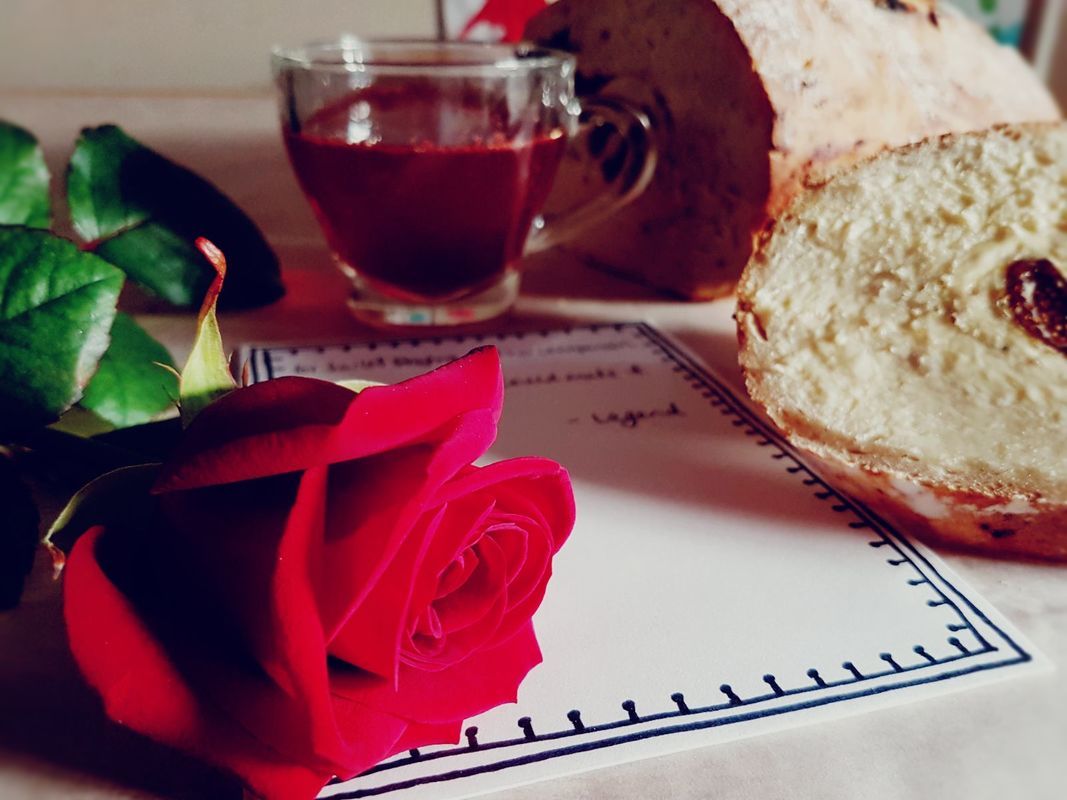
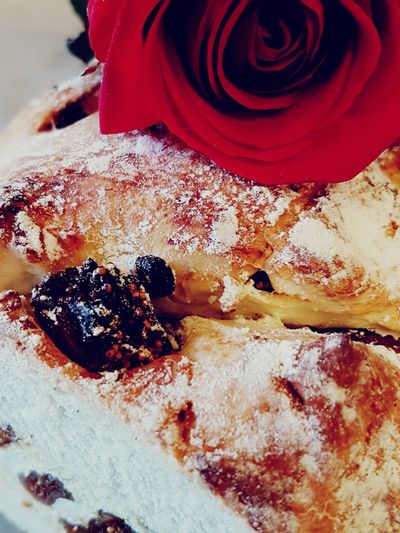
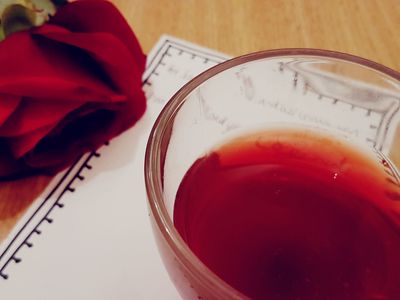
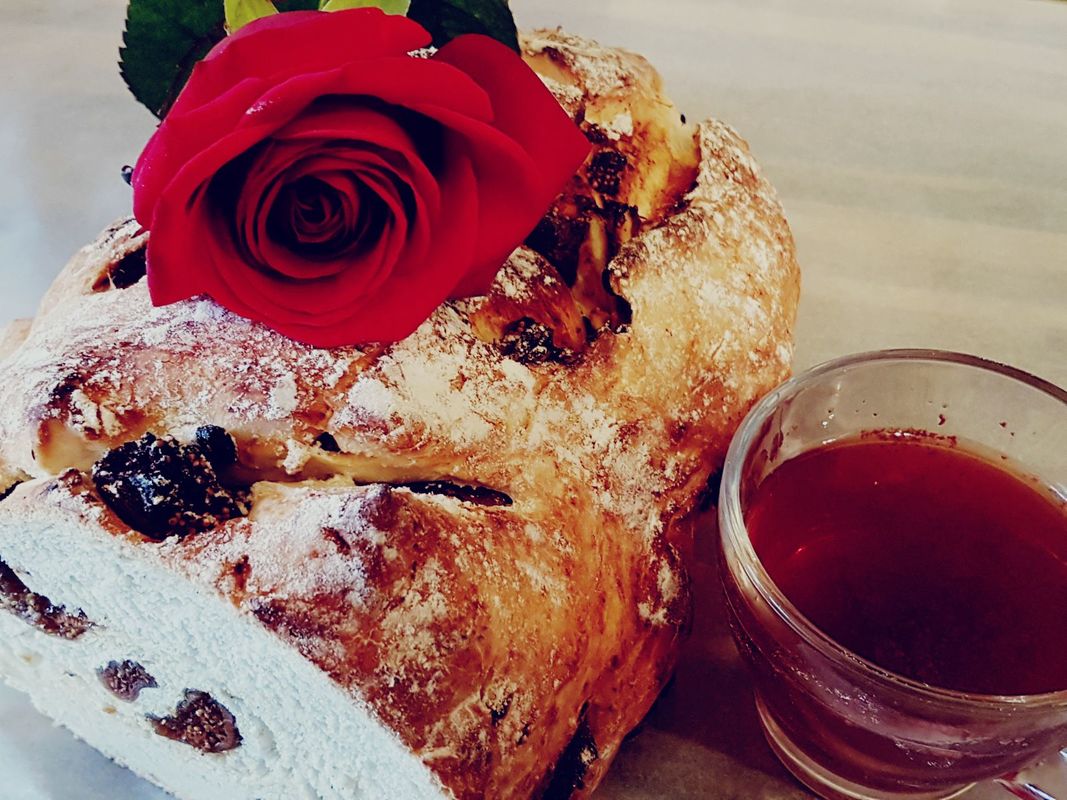
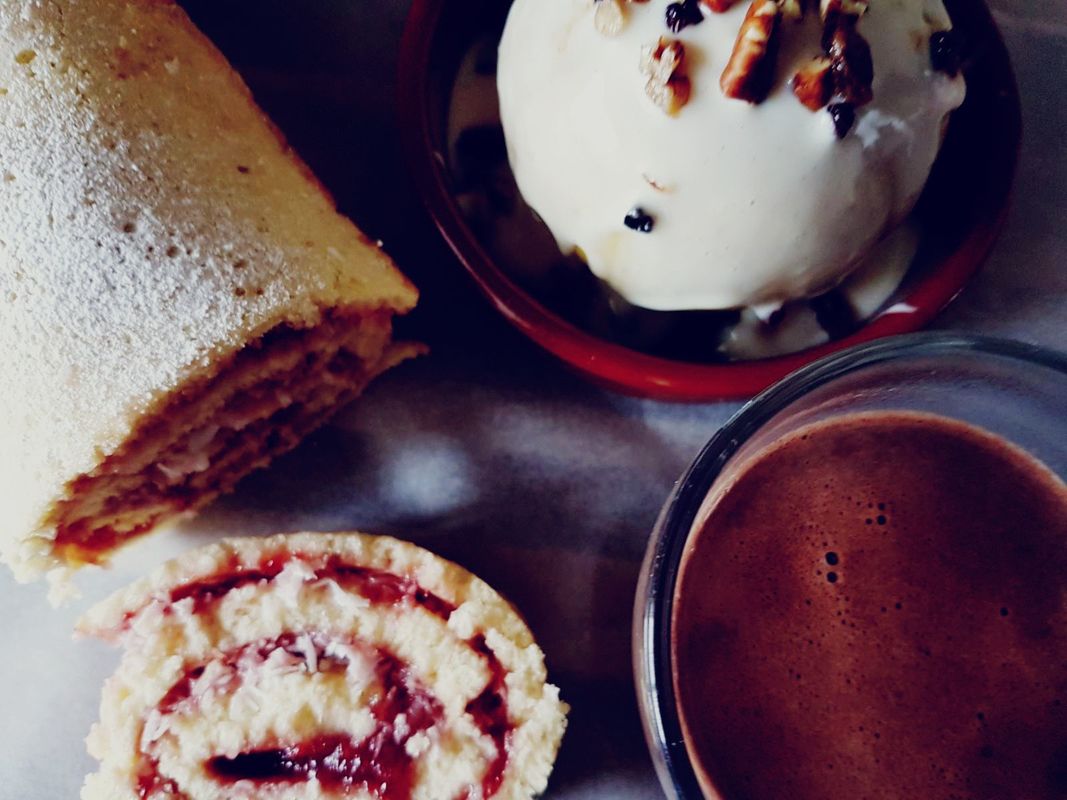
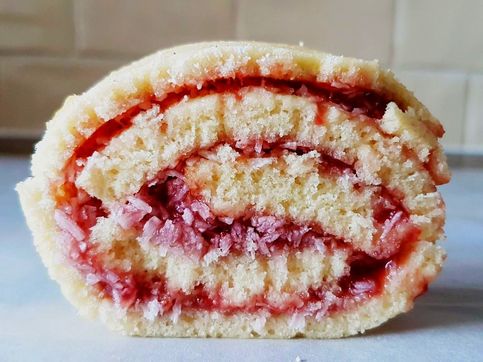
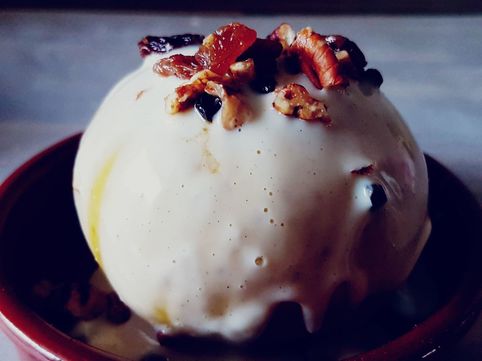
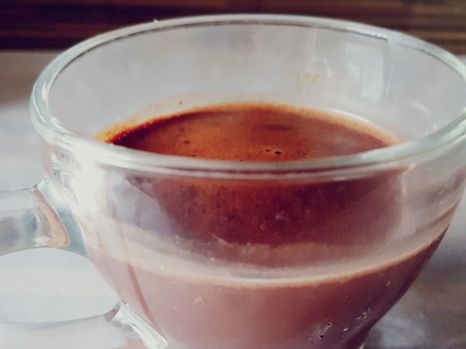
 RSS Feed
RSS Feed